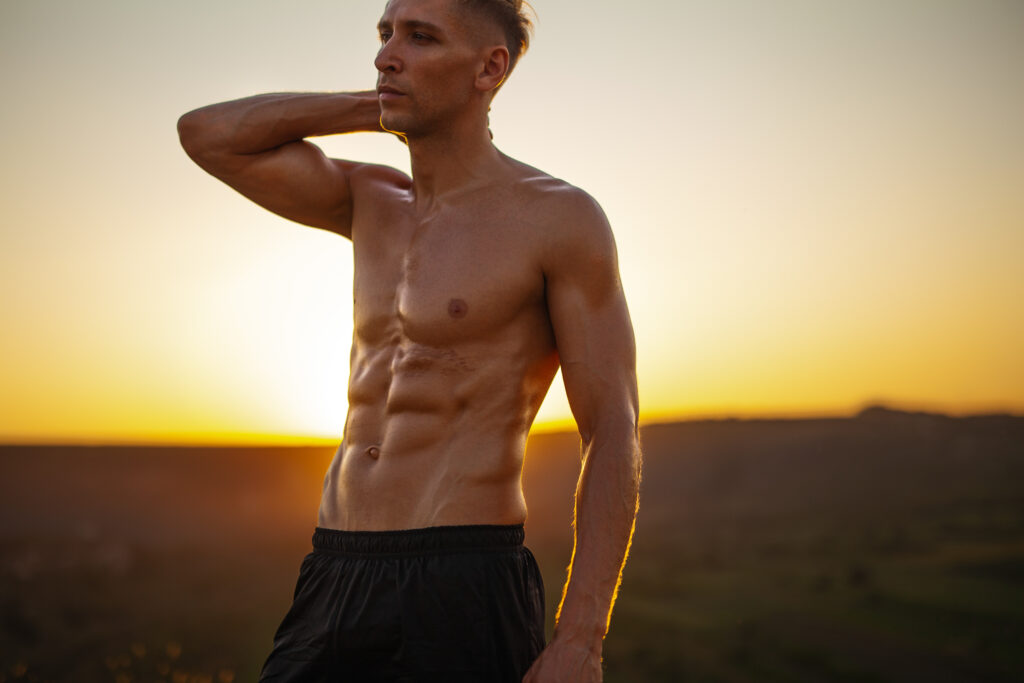Understanding the muscles of the head is crucial for a comprehensive approach to fitness, even though they are not directly related to achieving six-pack abs. The head houses several important muscle groups that are primarily responsible for facial expressions, chewing, and head movements.
The muscles of the head can be broadly categorized into two groups: the facial muscles and the masticatory muscles.
The facial muscles are primarily involved in facial expressions. These muscles are unique because they are directly attached to the skin, allowing you to smile, frown, blink, and perform other facial expressions. Some of the key facial muscles include the orbicularis oris, which encircles the mouth, and the orbicularis oculi, which encircles the eyes.
The masticatory muscles are involved in chewing and include the masseter and temporalis. The masseter is one of the strongest muscles in the body, located at the back of the jaw, and it plays a major role in closing the jaw while chewing. The temporalis muscle is fan-shaped, situated on the side of the head, and it assists in elevating the jaw.
Additionally, there are muscles that support the movement of the head itself. These include the sternocleidomastoid, which extends from the sternum and clavicle up to the mastoid process of the temporal bone of the skull. This muscle helps in rotating and flexing the head.
While these muscles might not be your primary focus when working toward six-pack abs, understanding them can enhance overall body awareness. This knowledge can also be particularly useful in recognizing the interconnectedness of the body’s muscle groups, which can influence posture and alignment, aspects that are important for any fitness regime.

